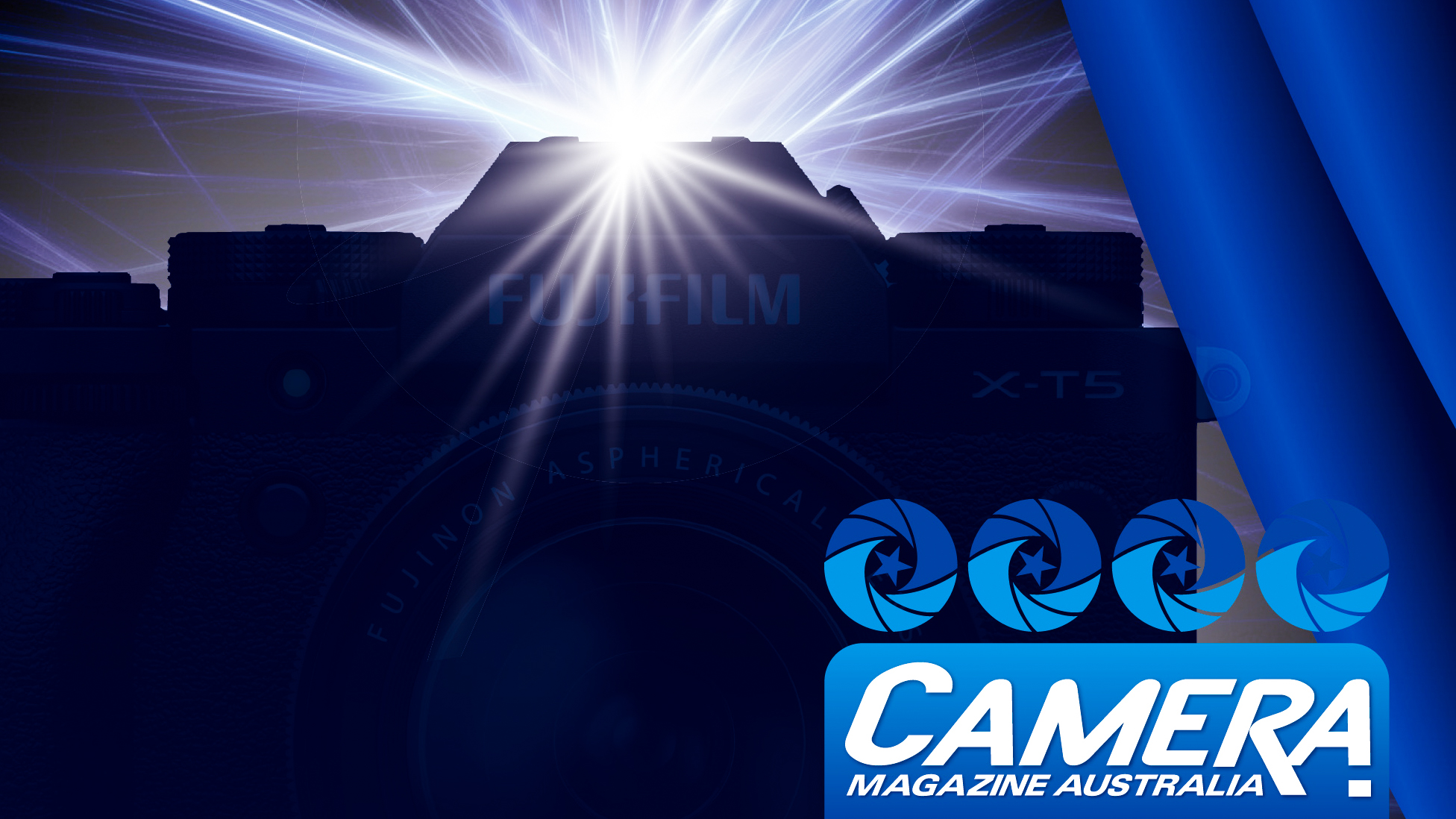Digital Camera World Verdict
The new RF version of this lens has been grabbing all the macro headlines of late recently but the EF edition was the first to feature Canon’s ‘hybrid’ image stabilizer, putting handheld shooting on the menu even for extreme close-ups. The construction and image quality are top-drawer, making it a formidable macro lens with full 1.0x magnification.
Pros
- +
Hybrid optical image stabilizer
- +
Excellent build quality
- +
Superb all-round performance
Cons
- -
Pricey to buy
- -
Outgunned by its new RF sibling
Why you can trust Digital Camera World
The Canon EF 100mm f/2.8L Macro IS USM was Canon’s first to feature a ‘hybrid’ image stabilizer, which has been inherited by a number of other EF-S and RF macro lenses. With enhanced performance for close-up shooting, the stabilizer counteracts x-y shift as well as the more usual angular vibrations. Even so, its claimed effectiveness of 4 stops in general shooting shrinks to 3 stops at 0.5x magnification and 2 stops at full 1.0x macro shooting. For extreme handheld close-ups, you’re equally likely to run into problems with front-back movements, for which the stabilizer can’t compensate.
Read more:
The best macro lenses
The best camera for macro photography
Specifications
Mount: Canon EF
Full-frame: Yes
Autofocus: Yes
Image stabilisation: Yes
Lens construction: 15 elements in 12 groups
Angle of view: 24 degrees
Diaphragm blades: 9
Minimum aperture: f/32
Minimum focusing distance: 0.3m
Maximum magnification ratio: 1.0x
Filter size: 67mm
Dimensions: 78x123mm
Weight: 625g
Key features
It’s not just about hybrid stabilization. Other headline attractions include typically robust L-series build quality and weather-seals. In general shooting, bokeh is very pleasant at the widest aperture of f/2.8 and remains so when stopping down a little, helped by the well-rounded nine-blade diaphragm.
The ring-type ultrasonic autofocus system is rapid and whisper-quiet, while manual focusing is smooth and precise. As with most L-series lenses, it comes complete with a hood. Optional accessories include a Macrolite Adapter for use with Canon’s external Macro Twin or Ring Lites and a tripod mounting ring. This enables a better balance, especially when shooting in portrait (upright) orientation with a tripod.
Performance
Perfect for macro shooting, sharpness is superb at medium to narrow apertures, and it remains highly impressive even when shooting wide-open at f/2.8. Color fringing is very minimal but there’s a little barrel distortion. Even so, it’s of a uniform nature and easy to correct, either automatically in recent cameras or at the editing stage.
Lab results
We run a range of lab tests under controlled conditions, using the Imatest Master testing suite. Photos of test charts are taken across the range of apertures and zooms (where available), then analyzed for sharpness, distortion and chromatic aberrations.
We use Imatest SFR (spatial frequency response) charts and analysis software to plot lens resolution at the center of the image frame, corners and mid-point distances, across the range of aperture settings and, with zoom lenses, at four different focal lengths. The tests also measure distortion and color fringing (chromatic aberration).
Sharpness:
Important for a macro lens, sharpness remains very good even at narrow apertures, where diffusion is often a problem. Centre-sharpness is also extremely good even at the widest aperture of f/2.8, while edge-sharpness catches up at f/4.
Fringing:
The best camera deals, reviews, product advice, and unmissable photography news, direct to your inbox!
There’s only very slight color fringing at any aperture, which will generally go unnoticed even without using automatic in-camera correction.
Distortion: -0.74
Technically, there’s slight barrel distortion but it’s very hard to spot in real-world shooting, even when taking images of objects with uniform, geometrical shapes.
Verdict
As usual, this own-brand Canon lens is more expensive than competing lenses from the likes of Sigma and Tamron, the latter of which also features a hybrid optical image stabilizer. Even so, the Canon’s pro-grade construction, image quality and all-round performance make it a top buy for serious macro photographers.
Read more:
Best wide-angle lenses for Canon
Matthew Richards is a photographer and journalist who has spent years using and reviewing all manner of photo gear. He is Digital Camera World's principal lens reviewer – and has tested more primes and zooms than most people have had hot dinners!
His expertise with equipment doesn’t end there, though. He is also an encyclopedia when it comes to all manner of cameras, camera holsters and bags, flashguns, tripods and heads, printers, papers and inks, and just about anything imaging-related.
In an earlier life he was a broadcast engineer at the BBC, as well as a former editor of PC Guide.





